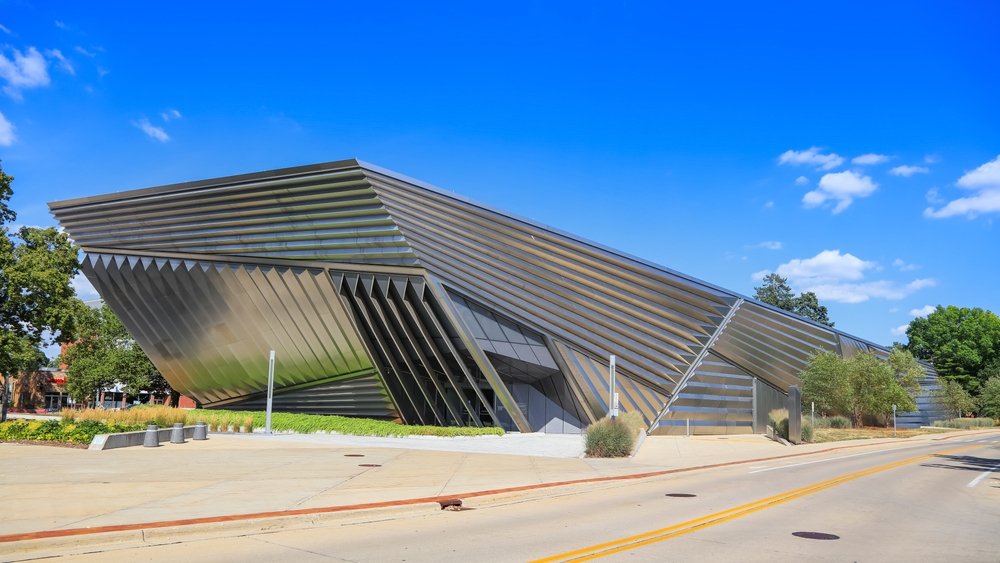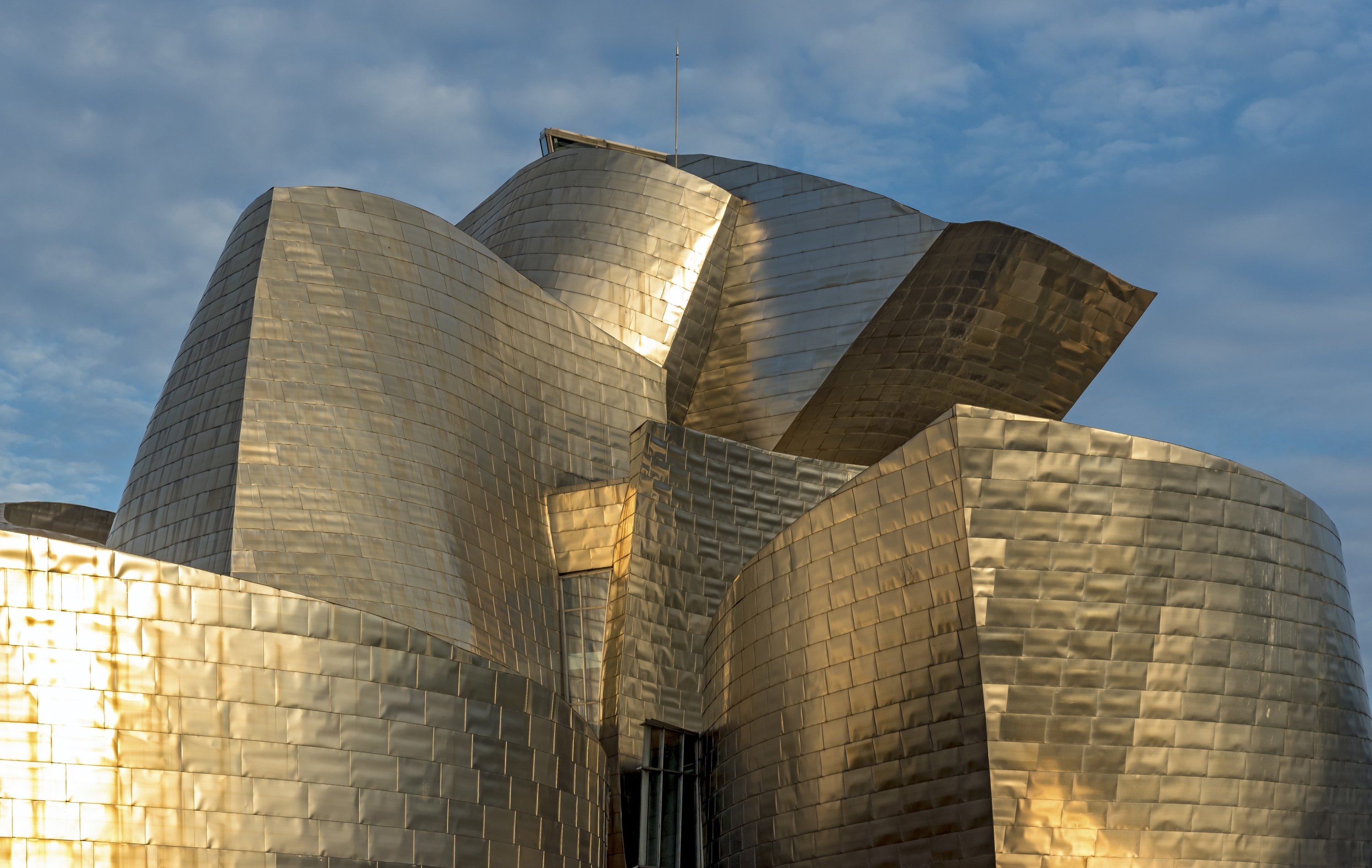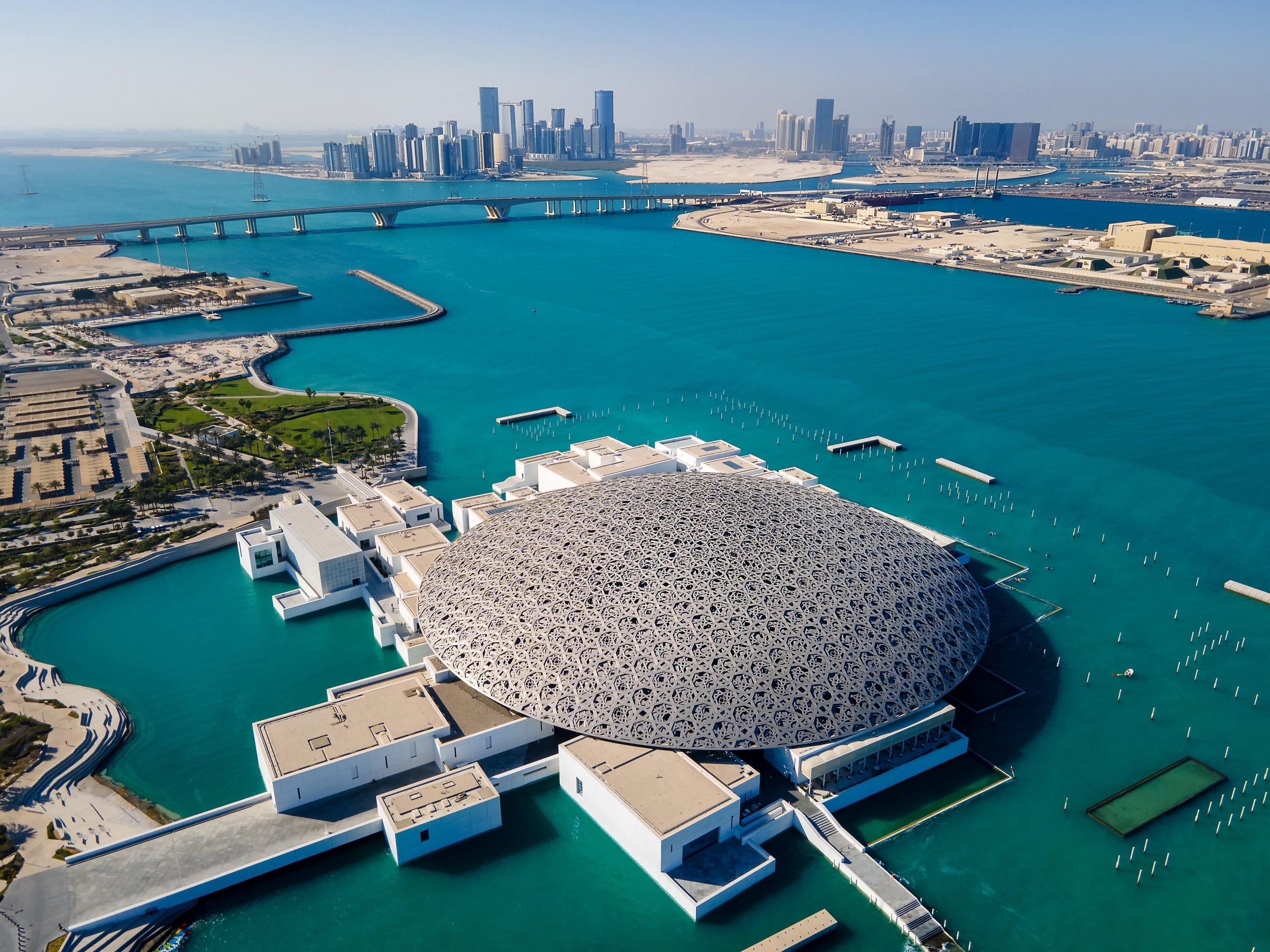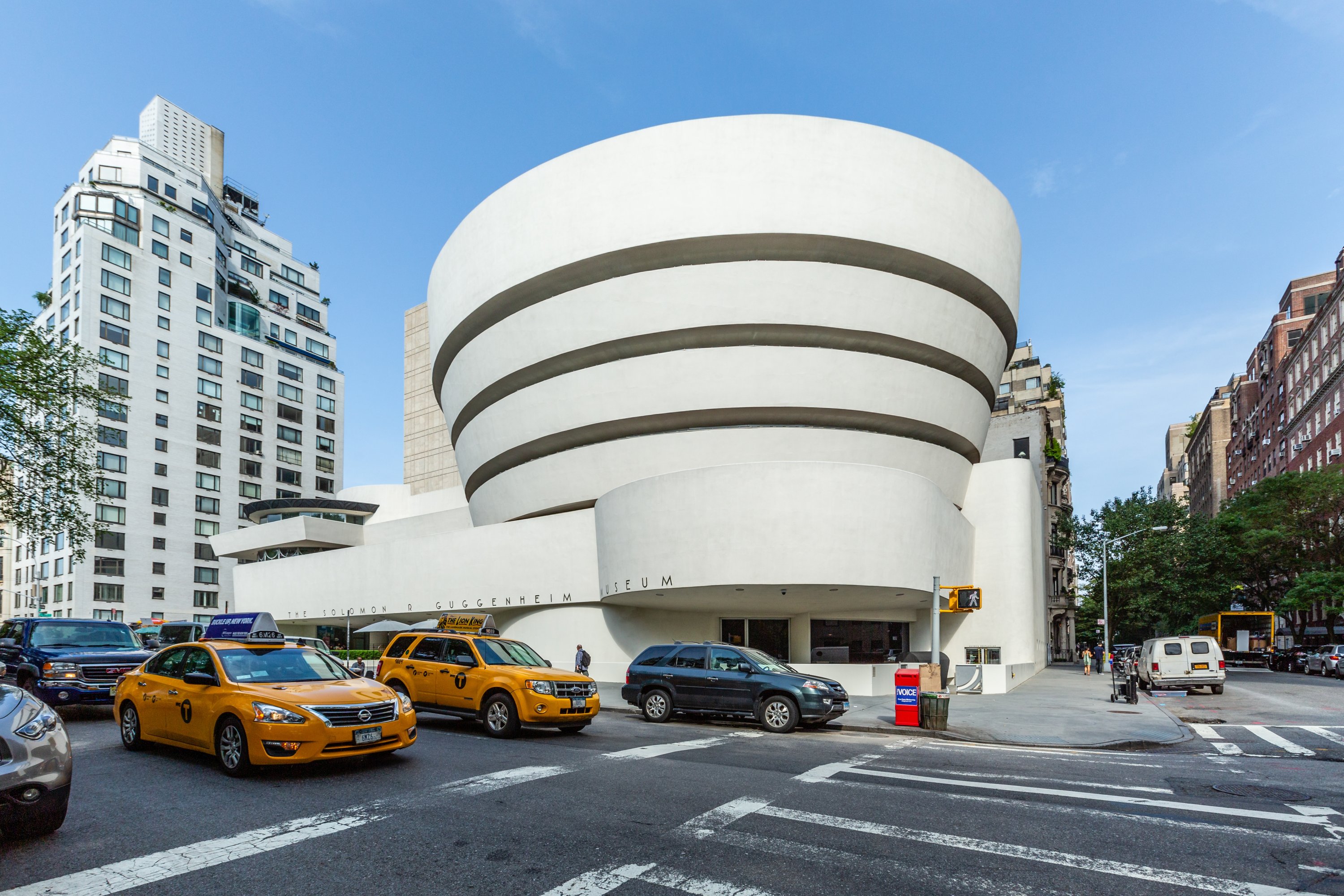© Turkuvaz Haberleşme ve Yayıncılık 2025
Museums are not merely spaces that preserve art and history; they are architectural masterpieces that redefine how we experience culture. Each great museum fosters a dialogue between its purpose, its visitors and the visionary architect who designed it, creating a profound interaction. Some blend harmoniously with their surroundings, while others boldly stand out as symbols of artistic expression, challenging the urban landscape.
In this two-part series, we embark on a journey to explore 10 museums designed by some of the most significant names in architectural history, each holding immense importance worldwide. Renowned architects such as Zaha Hadid, Frank Gehry, Renzo Piano, Jean Nouvel and Frank Lloyd Wright have made lasting contributions not only to architecture but also to the realms of art and culture. Their innovative designs transform museums from static spaces into dynamic experiences, providing visitors with unforgettable moments and inspiring stories.
In the first part of this series, we will delve into the works of these five architects, examining how each has influenced cultural heritage and approached museum design with boldness and creativity.
The Centre Pompidou in Paris represents a radical expression of industrial aesthetics. Designed by Renzo Piano (1937) and Richard Rogers (1933–2021), this architectural masterpiece defies the traditional norms of museum design by proudly displaying its structural elements, ducts and mechanical systems, creating a futuristic, machine-like appearance. The Pompidou revolutionizes the museum experience, transforming what was once a solemn space into a vibrant and interactive cultural hub.
Beyond its striking exterior, the Pompidou houses one of the largest modern art collections in Europe, showcasing works from various movements and styles. Its expansive, open floor plans allow for flexible exhibitions, while the external escalators offer breathtaking views of Paris, inviting visitors to experience the city from a new perspective. Completed in 1977, the building received mixed reactions – some hailed it as a groundbreaking success, while others criticized its unconventional appearance. Despite initial debates, the Centre Pompidou quickly became a beloved symbol, representing Paris's commitment to innovation and creativity.
Renzo Piano’s influence on contemporary architecture extends beyond the Pompidou. His portfolio includes iconic glass structures like "The Shard," which reshapes the skyline of London and the sleek waterfront museum Istanbul Modern, reflecting the fluid movement of the Bosphorus. Additionally, the Fondation Beyeler stands out with architecture that harmonizes with nature, offering visitors a profound connection between art and the natural world. The Morgan Library & Museum in New York also draws attention with its rich collection and architecture. Originally built as Pierpont Morgan's private library, the building has been enriched with modern additions throughout the 20th century, creating a space where history and art intersect. Each of Renzo Piano’s buildings establishes a unique identity within its local context, opening new pathways for engaging with art.
Zaha Hadid (1950-2016) was an architect whose designs were never static; they were filled with energy and movement. The Eli and Edythe Broad Art Museum at Michigan State University exemplifies this vision. The museum features a sharp, angular form that has become Hadid's signature. The curved stainless steel façade creates the sensation of constant motion, drawing visitors into its embrace.

The interior also stands out with sloped walls and irregular gallery layouts that challenge traditional exhibition concepts, encouraging visitors to rethink how art is displayed. Hadid's architectural genius is not limited to the Eli and Edythe Broad Art Museum. Her other masterpieces, such as the MAXXI Museum in Rome and the Guangzhou Opera House, showcase her revolutionary approach to architecture, transforming our perception of space and structure.
The Eli and Edythe Broad Art Museum occupies a unique position where art and architecture intersect, offering visitors not only a visual experience but also a profound insight into the dynamic nature of contemporary art. As always, Hadid’s designs continue to inspire and engage audiences, fostering movement and interaction.
Frank Gehry (1929) is known for creating structures that radically transform the identities of cities. His Guggenheim Museum in Bilbao, with its titanium cladding that curves like waves, resembles an organic form shaped by the forces of nature. Gehry’s innovative use of computer-aided design allowed him to create a previously unimaginable shape, symbolizing a revolutionary era in architecture.

The museum's interior features expansive galleries illuminated by natural light, housing large-scale contemporary art pieces. These spaces offer visitors the opportunity to explore art’s dynamic nature while enriching the architectural experience. The success of the Guggenheim Bilbao has given rise to the "Bilbao Effect," demonstrating how a single architectural masterpiece can transform a city. This effect has played a significant role in the economic and cultural development of Bilbao, further solidifying Gehry’s status as an architectural genius.
Gehry's deconstructivist style is also evident in his other projects, such as the Walt Disney Concert Hall in Los Angeles and the Fondation Louis Vuitton in Paris. Each of his structures captivates viewers with unconventional forms and unexpected spatial experiences, pushing the boundaries of architecture and presenting a new aesthetic understanding.
Jean Nouvel (1955) designed the Louvre Abu Dhabi like a poem written in light and shadow. Its massive, perforated dome creates a captivating "rain of light" effect by filtering sunlight, drawing inspiration from traditional Islamic architecture. This effect adds depth and movement to the museum’s interior, enriching the visitor experience.
The museum serves as a cultural bridge, housing works from different civilizations. Louvre Abu Dhabi celebrates the universal language of art, bringing together each piece with its unique cultural backgrounds and narratives. Its design, harmonizing with the desert landscape, offers visitors a serene and contemplative atmosphere, creating a space for exploration and reflection.

Nouvel’s other works, such as the Arab World Institute and the Philharmonie de Paris, blend cultural narratives with architecture, ensuring each structure forms a strong connection with its surroundings. Louvre Abu Dhabi stands as a testament to Jean Nouvel’s architectural genius, presenting a perfect fusion of art, culture and nature while inviting visitors on an impressive journey.
Frank Lloyd Wright's (1867-1959) Solomon R. Guggenheim Museum stands as an iconic structure in New York, boldly merging art and architecture. Designed to showcase Guggenheim’s collection of non-objective art, the museum reflects a vision that revolutionized the art world. The journey begins with a letter from Hilla Rebay to Wright in 1943, expressing Guggenheim's desire for a museum that would be unlike any other. Wright envisioned a design that would create "the best possible atmosphere in which to show fine paintings or listen to music."

Initially hesitant about the choice of location, Wright ultimately settled on the unique site between 88th and 89th Streets on Fifth Avenue. Its proximity to Central Park allows visitors to connect with nature, providing respite from the city's hustle and bustle. This connection is mirrored in the museum’s flowing design and spiral form, enabling visitors to engage with art on a deeper level.
The Guggenheim not only hosts a remarkable collection of modern and contemporary art but also redefines how we interact with art as a masterpiece of architectural innovation. Frank Lloyd Wright's other notable works, such as Fallingwater, the Robie House and Taliesin West, carry the traces of his visionary approach and deep connection to nature. These structures showcase Wright’s architectural genius and his ability to harmonize with the environment.
Each of these architects has approached museum design as a unique artistic expression, shaping our interaction with culture, light and space. These buildings go beyond merely housing art; they are works of art themselves, each telling a story that resonates far beyond their walls. As you walk through these magnificent spaces, you don’t just witness art – you become part of an immersive narrative. These museums stand as monumental testaments to human ingenuity, reminding us that art is not only found on the canvas but also in the very architecture that embraces it.
